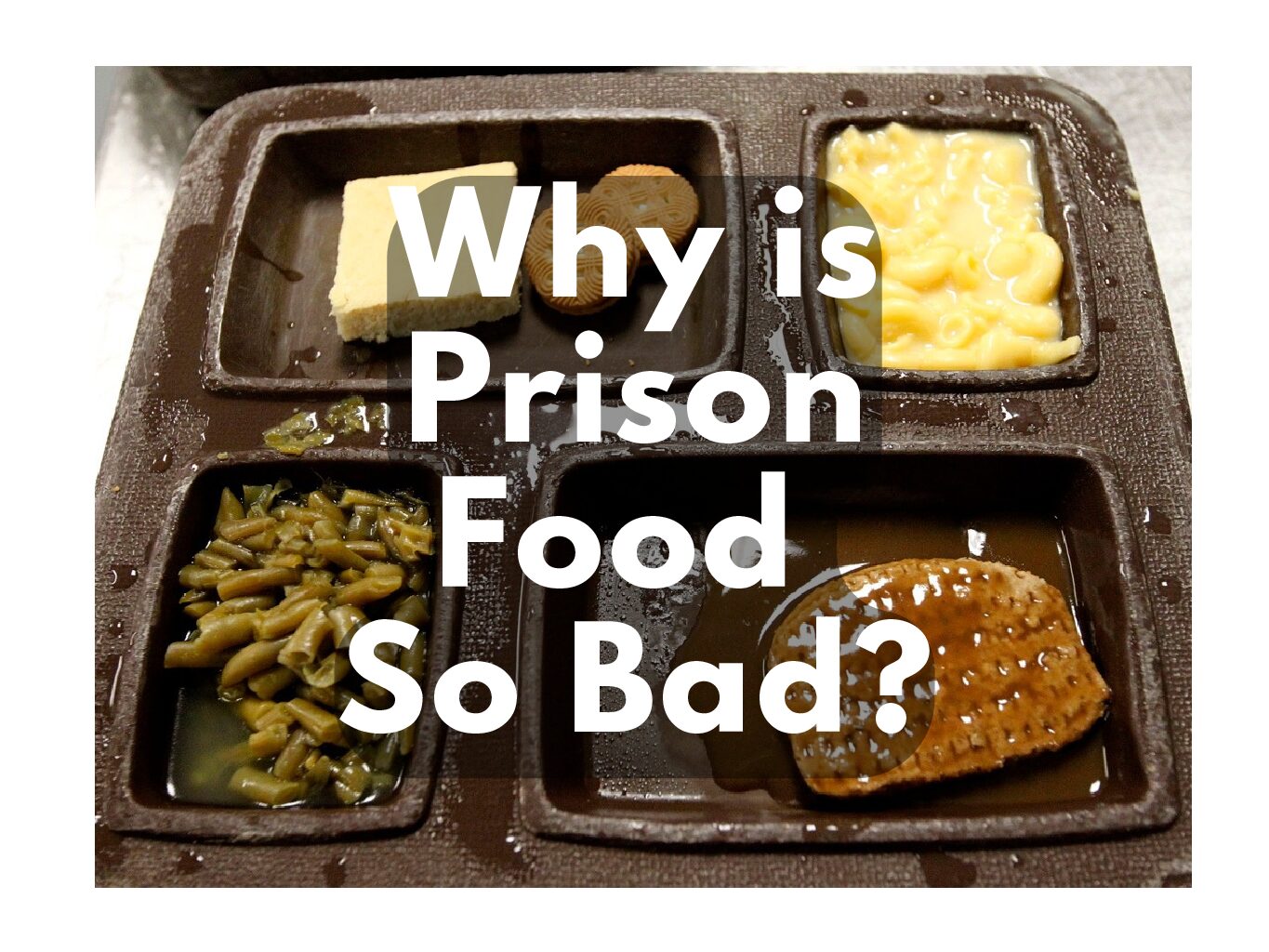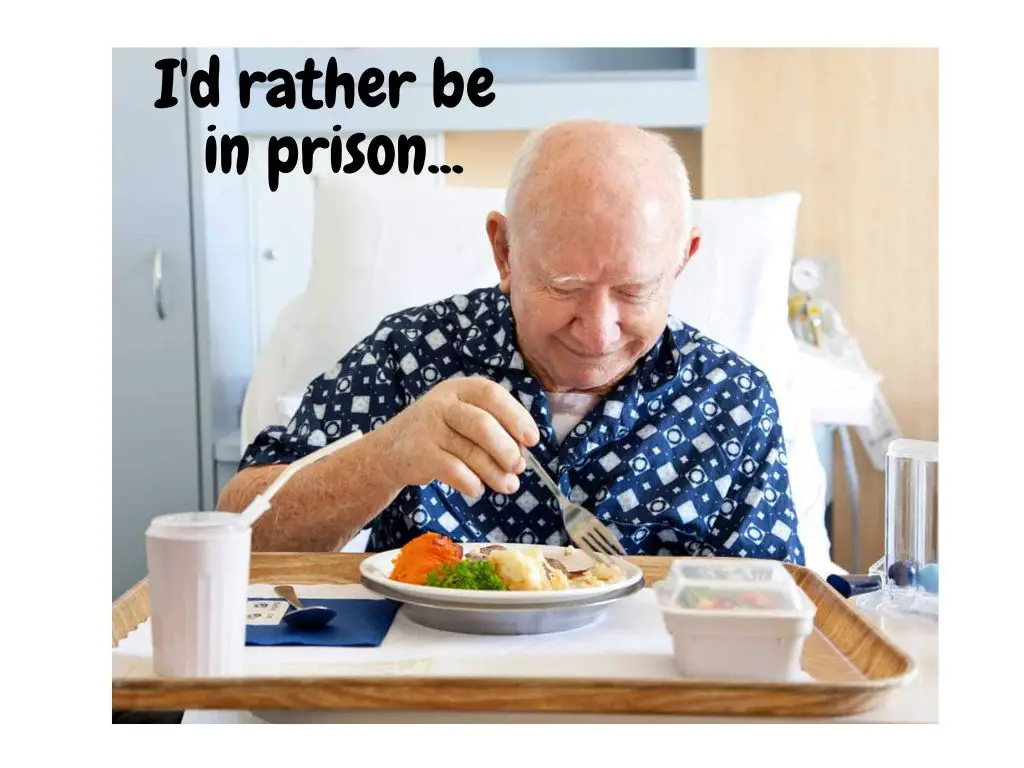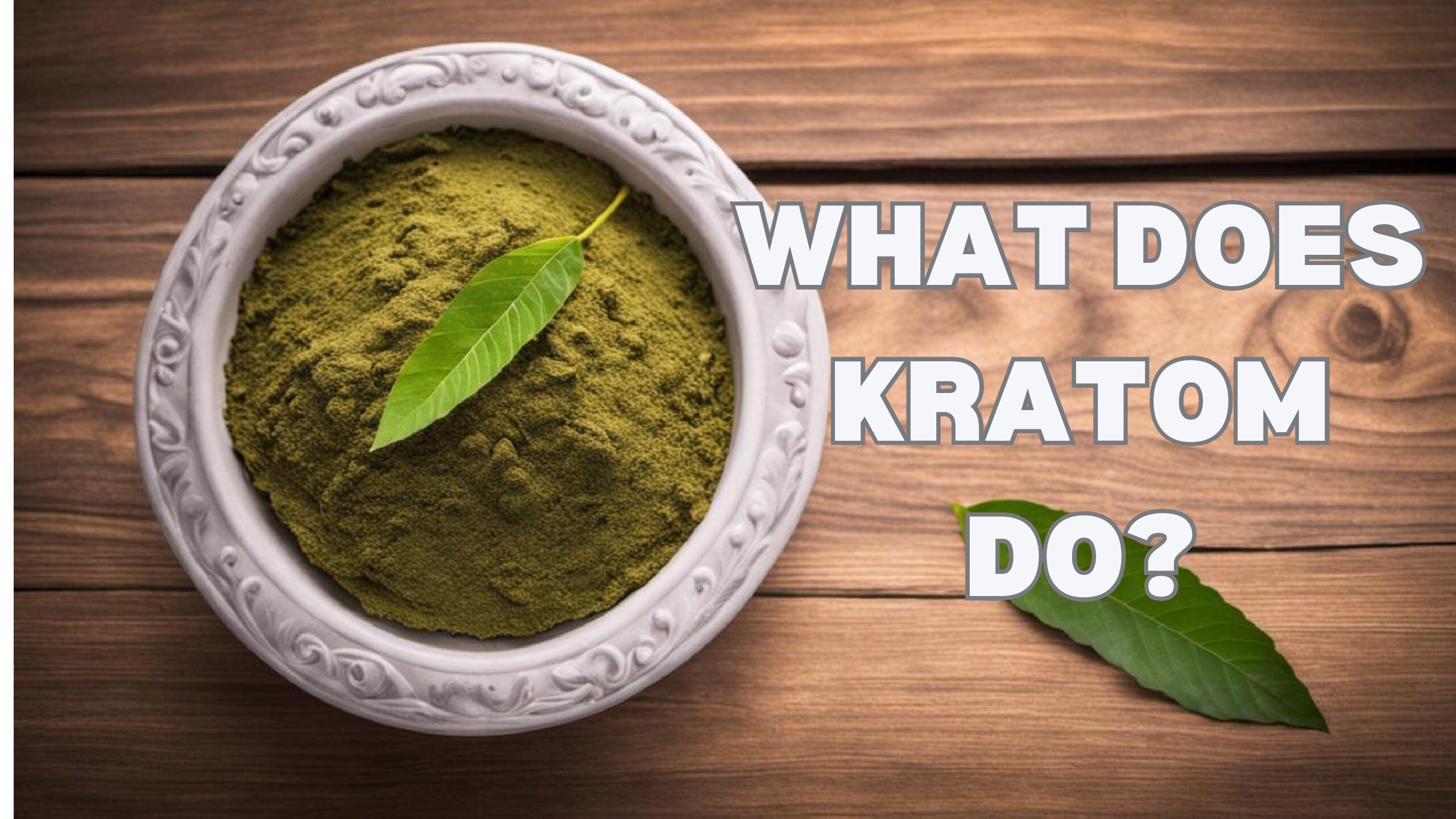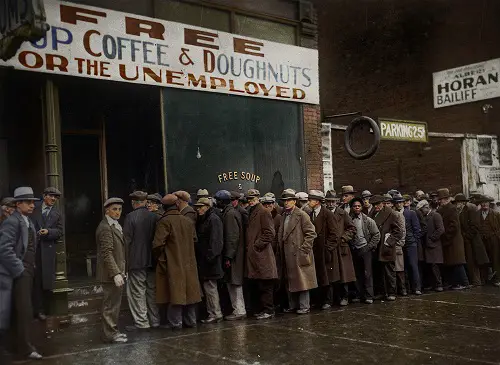
WHY IS PRISON FOOD SO BAD
Recently, I had the pleasure of attending my son’s elementary school for an awards assembly, and with that came the distinct privilege of eating lunch with him in the cafeteria.
Oh man, I really don’t know where to even begin, but let’s just say that the last time I saw this type of slop being served up, I was in an orange jumpsuit. Why dear God why?
Why is prison food so bad?
From a cost perspective, budgetary limitations are a significant reason why prison food is so bad, with a general focus on quantity rather than quality. The food in prison is designed to have a long shelf life and not expire, thus, chocked full of preservatives. There’s also a very high sodium content and more often than not, it’s carb-heavy and ultra-processed fare.
There are monumental challenges in feeding a large prison population and doing it in a manner where taxpayers who absorb the costs do not get extremely upset is rather complicated. Estimates range in the millions of dollars a year, per state.
Upkeep of any food program is an arduous task, as one type of meal does not fit all. Some inmates require special diets due to religious standings (kosher or halal, for example) or for health reasons (gluten- or dairy-free).
The rules on special requests vary from state to state and even facility to facility, but many prisons will accommodate requests where they can.
What is typical prison food?
Prison menus in general contain a given set of entrées per week containing a meat and other menu items such as vegetables, cooked dried beans, and various desserts to provide food items to meet the nutritional needs of the inmate population.
Each meal features an entrée and may include the choice of an alternative entrée. The alternate entrée is utilized to provide a non-meat meal option that accommodates vegetarian and religious diet restrictions.

TYPICAL PRISON CUISINE
Cereal / Grits / Toast / Oatmeal
Meatloaf Patty / Meatballs / Sloppy Joe’s
Chicken Leg / Ground Chicken
Peanut Butter & Jelly
Rice / Carrots / Mixed Vegetables / Baked Beans
Brownie / Jell-O / Cookie
Fortified Beverage / Coffee / Fortified Tea
The prison menu, including portion sizes, are specifically designed to meet the caloric requirements for “moderately active” adults and is reviewed and approved by a registered dietitian.
The menu currently provides an average of about 2,400 calories per day.
Is federal prison food better than state prison food?
It really depends on the location of the facility and the talent of the people cooking the food, as most prisons use inmates to prepare meals while others have a food service company whom they pay on a per meal contract basis.
Federal prisons are operated by the federal government, while state prisons are state correctional facilities operated by state governments. Although each facility is operated accordingly, overall, there are inherent advantages awarded to those incarcerated in federal institutions, with quality of food being one of them.
Many of the meals are hot, with regular staples of chicken, hamburgers, hotdogs, lasagna, burritos, tacos, and fish. In addition to the regular meal, most federal prisons also have a self-service salad bar area where beans, peas, and other foods are often available during mealtimes.
Which prison has the best food?
Prison is still prison, and the food is still very bland, however, there are certain times where the quality of food that is served is substantially better, and that would generally fall on a special occasion such as Thanksgiving or Christmas. Although the smell and taste of prison food on these days is vastly improved, to call the food great may be a bit of a stretch.
On the opposite end of the spectrum, when it comes to last meals while on death row, prisoners get to choose whatever they’d like to eat, with many different demands of great quality non-prison food made and catered to.
Is prison food worse than hospital food?
Ironically, many would differ and say that hospital food is way worse than prison food. Although there are commonalities between the two in adherence to strict budgets and the need to cook for masses, the overall taste of the food is where the big difference lies.
Due to the needs and restrictions of all patients, hospitals generally remove almost all fat, salt, and sugar from their foods. Even though it is not healthy, nothing tastes good without these ingredients, and is the main reason why things taste so good.

Further taking away from taste, hospitals have concentrated even more efforts on quantity of food, rather than quality as often patients have entered the hospital malnourished or at risk of malnutrition and experience nutritional decline during their stay, placing them at higher risk for adverse outcomes following hospital discharge.
It is due to this that many facilities have increased the amount of food in proportion to what is served in order to offset.
Is prison food worse than school food?

In so many words, no, prison food looks to be no worse than school food.
Much like prisons, schools also have a limited budget when it comes to feeding students.
So, that all means that school food needs to be lower cost and not require much preparation (like prison food), which means foods are often higher in sugar, fat and salt.
Deeply concerning, a recent testing of 43 school lunch samples shows: 95.3% of the school lunch items contained carcinogenic, endocrine disrupting, and liver disease-causing glyphosate. 74% of the samples contained at least one of 29 harmful pesticides.
Some reports suggest that fast-food restaurants actually check for bacteria and pathogens between five and ten times more often than school lunch meats. As a prisoner, you don’t have a choice in the food you’re served, whereas in school, one has the opportunity to pack or bring a lunch from the outside world.
Conclusion
The quality of prison food has long been a contentious point of debate, with complaints lodged against prison officials and institutions on the grounds of breach of Constitutional Amendments. In particular, claims of inadequate food may breach the rights of a prisoner and fall along the lines of cruel and unusual punishment.
It all really boils down to considering both sides of opinion, as it is not right to serve up slop to those incarcerated on a daily basis and have them develop problems later in life due to the inherent lack of nutrition.
Also, to be considered, the fact that prisons are punishment and not intended to be a restaurant, seeing as how they are not cooking for just one person. They are cooking for thousands of people who all have slightly different needs, and with that comes a host of challenges in providing prisoners a nutritionally balanced diet, along with something edible.
–The Educated Felon












Leave a Comment